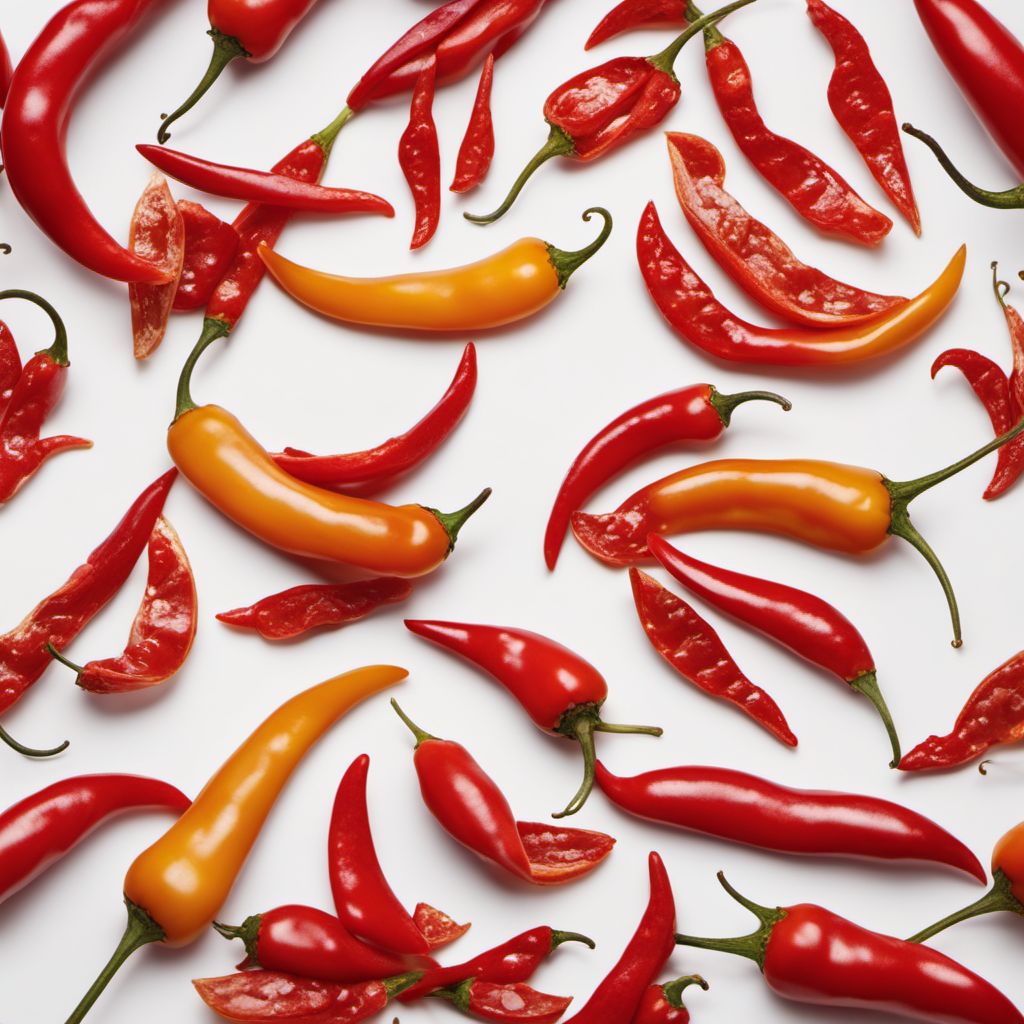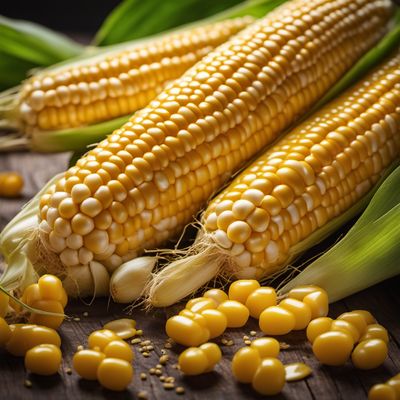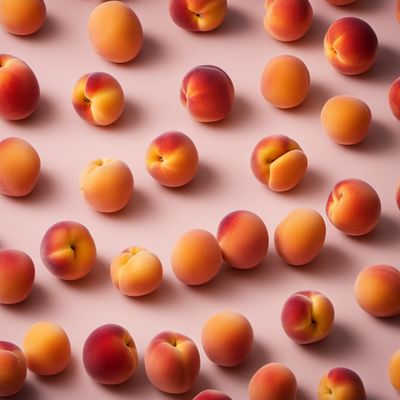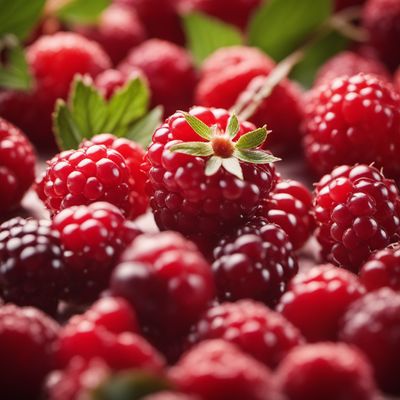
Ingredient
Chili flavour
The Fiery Essence
Chili flavour is a versatile ingredient that can be used to add heat and complexity to both savory and sweet dishes. It is available in various forms, including powders, pastes, and sauces, allowing for different levels of spiciness and flavor intensity.
Origins and history
Chili peppers have a long history and are believed to have originated in the Americas. They were introduced to Europe and Asia through trade routes and have since become an integral part of many cuisines around the world. Chili peppers are known for their association with spicy and flavorful dishes.
Nutritional information
Chili flavour is low in calories and fat, but it can be high in sodium depending on the specific product. It also contains capsaicin, a compound that gives chili peppers their heat and has been associated with various health benefits, including pain relief and improved metabolism.
Allergens
Individuals with chili pepper allergies may also be sensitive to chili flavour. It is important to read labels carefully and avoid products that contain chili or chili-derived ingredients if you have known allergies.
How to select
When selecting chili flavour, consider the level of spiciness you desire and the specific dish you plan to use it in. Look for products that are labeled with the Scoville heat units (SHU) to gauge the spiciness level. Additionally, check the ingredient list for any additives or preservatives that may affect the overall quality of the flavoring.
Storage recommendations
To maintain the freshness and potency of chili flavour, store it in a cool, dry place away from direct sunlight. Avoid exposing it to moisture or extreme temperatures, as it can affect the flavor and intensity of the product.
How to produce
Chili peppers can be grown at home in a sunny and warm environment. They require well-drained soil and regular watering. Plant the seeds or seedlings in the spring, and they will be ready for harvest within a few months. Harvesting chili peppers at different stages of ripeness can result in varying levels of heat and flavor.
Preparation tips
Chili flavour can be used in a wide range of dishes, including spicy sauces, marinades, salsas, and curries. It can also be added to chocolate-based desserts or used to create spicy cocktails. Use it sparingly at first and adjust the amount according to your desired level of spiciness.
Substitutions
Cayenne pepper or red pepper flakes can be used as substitutes for chili flavour, as they offer a similar level of spiciness. However, they may lack the complex flavor profile of chili flavour. Smoked paprika can be used as a substitute for a milder, smoky flavor.
Culinary uses
Chili flavour is commonly used in Mexican, Thai, Indian, and Korean cuisines, among others. It is readily available in most grocery stores and supermarkets, as well as specialty spice shops.
More ingredients from this category » Browse all

Oregano flavour
The Herbaceous Allure of Oregano

Roast flavour
The Essence of Savory Delight: Roast Flavour

Corn flavour
The Essence of Summer: Corn Flavor

Banana flavour
"The Sweet Symphony of Banana Essence"

Watermelon flavour
The Refreshing Essence: Unlocking the Delightful Watermelon Flavor

Papaya flavour
The Tropical Delight

Tandoori flavour
The Fiery Essence of Indian Cuisine

Peach flavour
The Essence of Summer

Sage flavour
The Savory Herb: Unleashing the Essence of Sage Flavour

Marjoram flavour
The Fragrant Herb: Marjoram and Its Aromatic Delights

Mild flavour
The Subtle Delicacy

Berries flavour
"Nature's Burst of Berry Bliss"